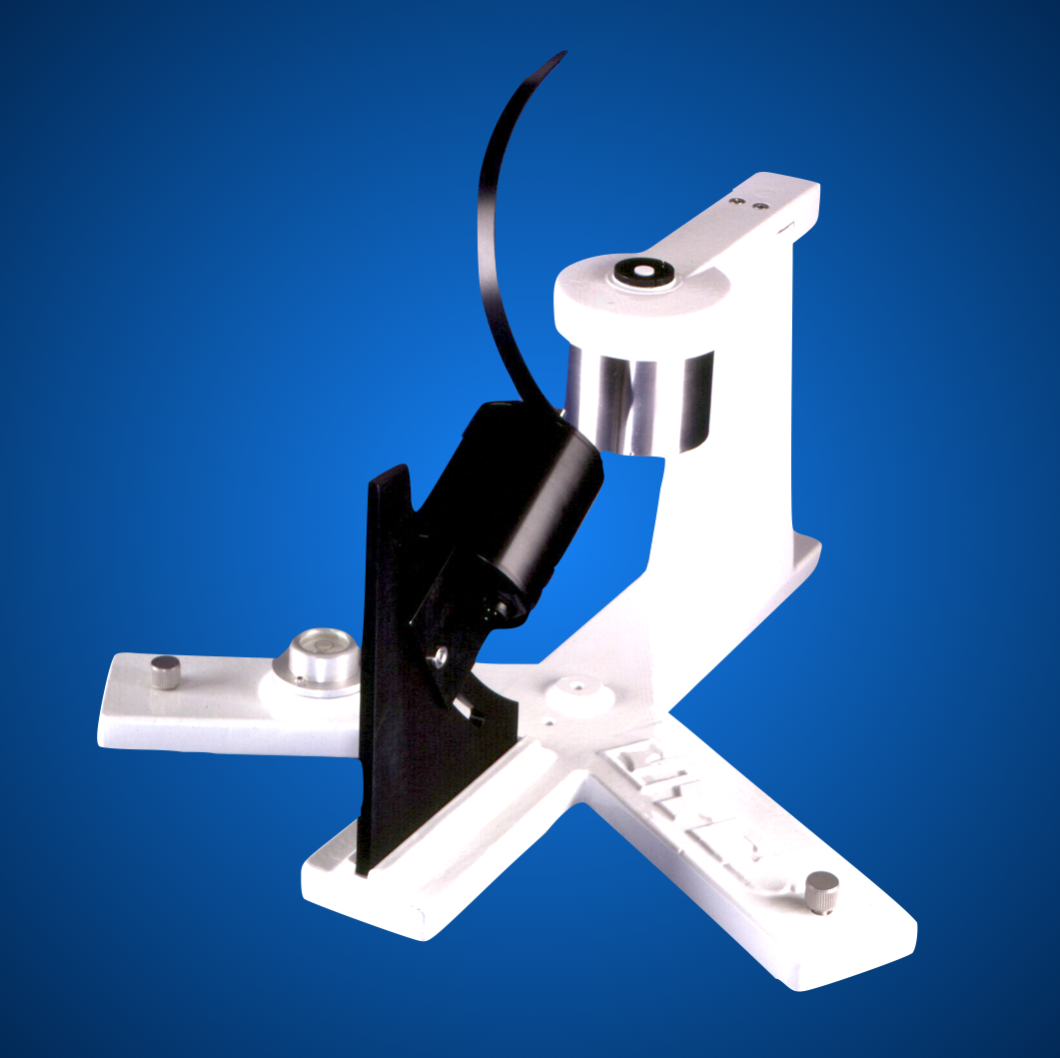Single Detector Rotating Shadowband Radiometer
General Description
The SDR-1 single detector rotating shadowband radiometer is similar to the Multifilter Rotating Shadowband Radiometer (MFR-7) but without the six narrow band filter-detectors. It has a single cosine-corrected broadband channel that provides fully automatic measurements of global, diffuse, and direct normal components of broadband solar radiation. It is functionally equivalent to a total solar pyranometer integrated with a solar tracker-mounted normal incidence pyrheliometer and a second, shaded pyranometer. Because a single detector is used to make all three measurements, calibration problems commonly suffered by traditional three-detector (pyrheliometer/pyranometer/shaded pyranometer) systems are eliminated.
In addition to being much less expensive, the SDR-1's simple single-axis rotating shadowband is operationally much less trouble than two-axis solar trackers. This solar pointing reliability results in data that will be statistically more accurate than data taken by traditional trackers that periodically encounter random errors due to solar disc misalignment. The SDR-1 is hence a better choice for long term unattended global, diffuse, and direct-normal broadband solar irradiance measurements.
The SDR-1's integrated YESDAS-2 control and data logger system easily connects to analog humidity, temperature, and wind sensors. It accommodates up to 30 analog inputs through which to monitor, for example, PV array voltages. It also offers some of the most stable timekeeping in the industry, including execution of ephemeris calculations to locate the sun according to time of day and year, and longitude and latitude. YESDAS essentially knows when the sun is up and stores the current solar zenith angle with every record. SDR-1 systems can be factory-upgraded to MFR-7 systems in the future as your needs grow. Please see the MFR-7, YESDAS-2, and YESDAS Manager datasheets for details on the MFR family and support software.

